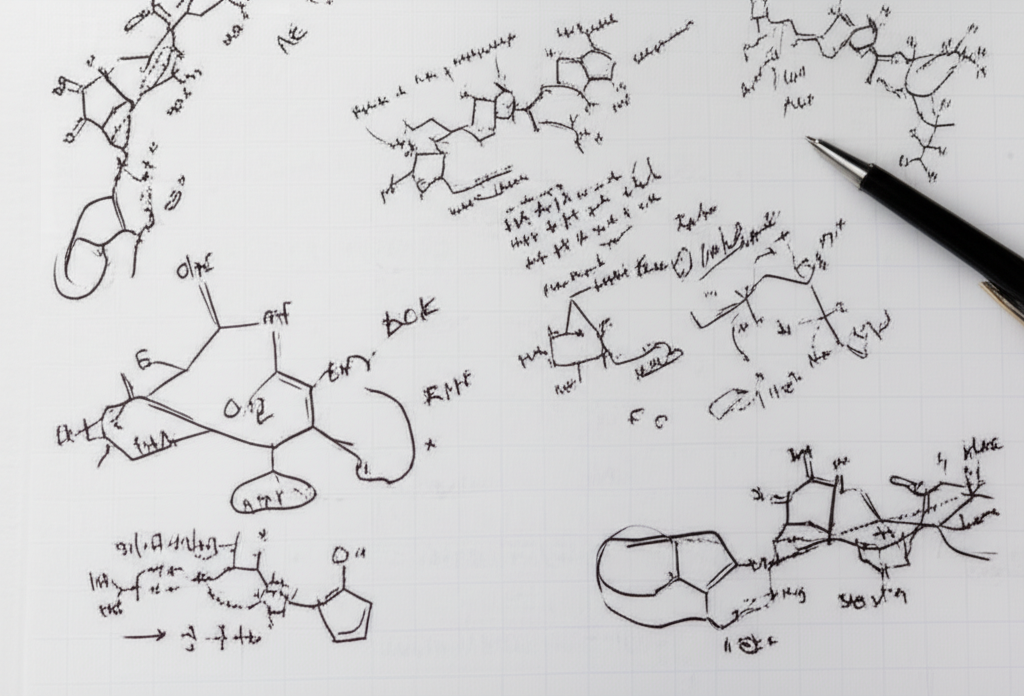Primary amines play a pivotal role as extraction agents in various industrial sectors, particularly in hydrometallurgy, rare earth element separation, and acid recovery systems. These compounds, often referred to as "liquid anion exchangers," offer high efficiency in isolating radioactive elements, non-ferrous metals, and other critical substances. Among them, primary amine N1923 stands out due to its broad applications; however, traditional synthesis methods have long been hindered by inefficiencies, resulting in prolonged production cycles and suboptimal yields. To address these challenges, a new, innovative process has been developed, leveraging advanced catalytic technology to enhance the chemical pathway significantly.
Currently, the synthesis of primary amine N1923 faces multiple bottlenecks. Conventional methods, both in laboratories and industrial settings, involve a two-step sequence: fatty acid ketonation followed by reductive amination. For instance, existing processes rely on carboxylic acids from C7 to C12 carbon chains, using gas-phase ketonation with catalysts based on oxides like manganese or iron. However, these approaches suffer from critical drawbacks: low catalyst activity necessitates reaction times of around 24 hours; impurities in fatty acids lead to undesirable by-products such as C13-C18 ketones and associated amines; and overall ketone yields remain unimpressive, often falling below 85%. Such inefficiencies extend production timelines and elevate operational costs, underscoring an urgent need for more effective industrial processes.
In response, the newly developed method introduces a breakthrough using a customized composite catalyst to revolutionize the ketonation step. Specifically, this process employs a [Fe]-ZrO2-MnO2 formulation supported on a gamma-alumina carrier, prepared via an impregnation technique. The active components—iron sources like Fe2O3 or FeCl3, along with ZrO2 and MnO2—comprise 5% to 30% of the catalyst by mass, with their molar ratios optimized between 0.5-1:1-2:1-3. This catalyst design dramatically reduces the ketonation temperature to a range of 290-340°C, compared to higher thresholds in earlier methods. Moreover, it shortens reaction duration to just 10-16 hours, cutting over 8 hours from conventional timelines. Combined with high-vacuum distillation for fatty acid purification, this approach minimizes impurities and boosts efficiency, achieving ketone conversions exceeding 95% and yields of 78-84% for intermediate products like C19-C23 ketones. Subsequent reductive amination with Raney nickel further ensures high final purity and yields of 97-99% for N1923.
The synthesis unfolds in two straightforward stages, beginning with the ketonation phase. Initially, purified C10-C12 fatty acids are introduced into a dried reaction vessel alongside the composite catalyst. The system is purged with nitrogen gas to eliminate air, then heated to the target temperature range (290-340°C). During this, carbon dioxide and water are expelled with the nitrogen flow. After 10-16 hours of reaction, the crude ketone product undergoes testing; if residual fatty acid content exceeds 1%, it is washed with alkaline solution and water to remove impurities. Otherwise, direct distillation occurs under reduced pressure (190-210 Pa), isolating a clear, light yellow fraction at 130-180°C to yield solid C19-C23 ketones. This step efficiently converts acids to ketones with minimal loss, directly owing to the catalyst's enhanced selectivity and activity.
Next, the reductive amination phase commences, where the derived ketones are transformed into the final amine product. Here, a mixture of ammonia and ethanol is prepared, and Raney nickel catalyst is added in 5-10% concentrations relative to the ketone mass. The resulting suspension undergoes vigorous stirring under hydrogen pressure of 3.5-3.7 MPa at room temperature, continuing until hydrogen absorption ceases. After filtering out the Raney nickel catalyst, solvents are evaporated to isolate a solid residue. To ensure purity, this crude product is washed with anhydrous ether to strip any adhered neutral organic compounds, yielding the refined primary amine N1923. This robust step nearly completes the transformation, with quality control measures guaranteeing that the resulting amine meets high standards for industrial deployment.

Experimental validation from multiple trials highlights the process's superiority. For example, one test using an iron-based composite catalyst achieved ketone yields of over 81% in under 16 hours, followed by amine yields surpassing 97%. Another variant demonstrated consistent performance across different iron sources in the catalyst, such as Fe3O4 or FeCl3, reinforcing versatility and reliability. Critically, the integrated use of vacuum distillation ensures feedstock purity, reducing impurity-related issues and enhancing the quality of N1923, which is vital for applications like solvent extraction in metal recovery systems. Overall, this innovation translates to shorter cycles, higher throughput, and reduced costs.
Beyond its technical merits, this synthesis method promises significant industrial impact. By doubling down on efficiency gains—faster reactions time, improved yields, and cleaner outputs—it offers a scalable solution for manufacturers. This advancement could accelerate processes in sectors such as rare earth mining or hydrometallurgical smelting, where reliable amine extraction agents are essential. Looking ahead, broader adoption of such catalytic systems may pave the way for eco-friendlier chemical production, reducing energy consumption and waste. Industry professionals and researchers should closely monitor this development, as it represents a leap forward in optimizing key intermediates for extraction technologies without compromising on sustainability or cost-effectiveness.
Manufacturing Facilities






Professional Export Experience
to Global Customers

1. 20 years of R&D, manufacturing and sales experience, serving customers in 60 countries and regions around the world;
2. Own R&D laboratory, pilot platform and large-scale production workshop, which can meet the audit requirements of global customers;
3. We can satisfy customers' perfect transition from small scale lab requirements (gram level) to commercialization requirements (hundred tons level).
A: We don't have Minimum Order Quantity, exact quantity should be provided before quotation for us to calculate the exact cost.
A: We don't provide free samples due to lots of request and expensive international courier's cost, we can deduct the sample charge after commercial order placed.
A: Our payment terms: Small or sample order: T/T IN ADVANCE. Commercial order: First order should be by T/T IN ADVANCE or L/C at sight, and following orders T/T 30~90days is acceptable subject to approval of credit application.